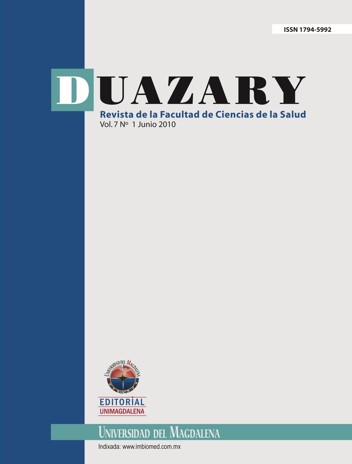Trauma craneoencefálico atención inicial y manejo hospitalario
Main Article Content
Abstract
Downloads
Article Details
References
Sabogal R, Moscote LR. Neurotrauma: Fundamentos para un manejo integral. 2007. 1 ed.
Manejo del Paciente con Traumatismo Craneoencefálico. Revisión Diciembre 1999. PLAN ANDALUZ DE URGENCIAS Y EMERGENCIAS.
Montero FJ, Roig JJ, Jiménez L, Donnay G. Traumatismo craneoencefálico. En: Protocolos de actuación en Medicina de Urgencias. Mosby/Doyma Libros: 173182.
Finfer SR, Cohen J. Severe traumatic brain injury. Resuscitation 2001; 48: 77-90.30.
Jennet B, Teasdale G, Galbraith S. Severe head injuries in three countries. J Neurol Neurosurg Psychiatry 1977; 40:291-8.
Dunham CM, Ransom K, Flowers LL, et al: Cerebral hypoxia in severely brain-injured patients is associated with admission glasgow coma scale score, computed tomographic severity, cerebral perfusion pressure, and survival. J Trauma. 2004;56: 482-91.
Thurman D, Kraus JF, Romer C: Standards for surveillance of neurotrauma. World Health Organization safety promotion and injury control. Division of emergency and humanitarian action, Geneva, Switzer-land 1995; 1-41.
Bullock M, Chesnut R, Clifton G, et al. Management and prognosis of severe traumatic brain injury. Part I: Guidelines for the management of severe traumatic brain injury. Brain trauma foundation 2000.
Peden M, et al. World Report on road traffic injury prevention: summary. World Health Organization 2004; 1-53.

